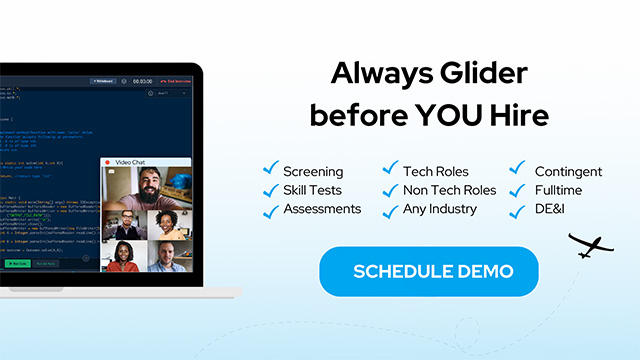
There are many things said about recruitment, theories, and hypothesis flying around. However, a small number of recruiters actually take the scientific approach and calculate just how successful they are in hiring new employees.
The recruiting job is becoming more difficult each year. Recruiters need to be able to analyze their processes, understand which methods are working and which aren’t. It’s the only way to improve the process constantly and be more successful.
By looking at just a single hiring metric that matters, you’ll be able to get valuable conclusions. Today we are going to talk about the two most important recruiting metrics – time to fill and time to hire.
Time-to-fill is the time necessary for HR to fill a position that was previously open. The average time to fill a position would be total time summed up together and then divided by the total number of hires. Time to fill can point recruiters where they can do some process changes and improvements.
The time is measured from the moment a job position was posted or opened and up until a hire has been made. Time to fill metrics can be different in various organizations and industries due to many factors.
Many people don’t know what time-to-hire means, and they think that it’s the same thing as time to fill. However, even though these two metrics are similar, they are not the same.
With time to hire, the time measured starts when a candidate applies for an open position until the moment they accepted the offer. So, from the moment someone applied for a job until they officially got it.

Source: Statista
When it comes to these two metrics, it’s generally a good idea to have them both. Even though they are similar, both of them can tell you different things. This will grant you further insight into your hiring process, the job market, and your organization overall.
For example, you might be filing the positions very slowly but finding candidates quickly. This would mean that you are giving interviews to the wrong people or that you aren’t vetting them properly.
In a nutshell, your time to fill can give you more information about how your process of hiring is while time to hire tells you how good you are at recognizing the best candidates and how your hiring team works.
To improve your time to fill, make sure to work on your recruiting strategies. You can do this in several ways:
Here is how to improve time to hire:
Make sure to start tracking these metrics and work on improving them. Remember that these two can’t be much apart from each other. If you need help with talent acquisition, check out what Glider has to offer you.



